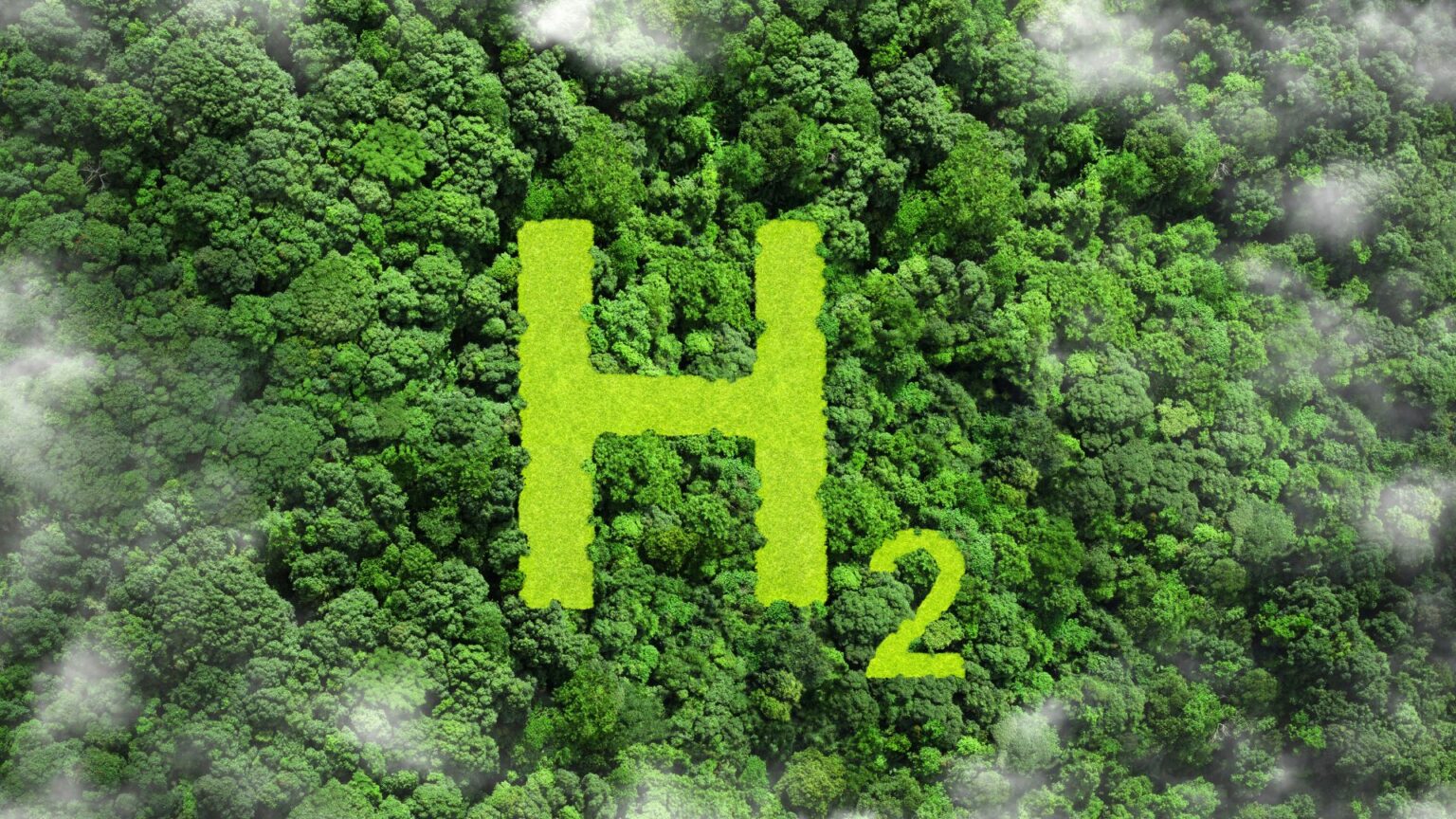The Canary Islands Technological Institute (ITC) and Naturgy have announced a strategic collaboration to validate the performance of an innovative electrolysis technology to produce green hydrogen. This joint effort focuses on installing and testing a 2 kW experimental electrolyzer prototype to evaluate its design and compare it with existing commercial systems.
The technology, known as ‘Anion Exchange Membrane’ (AEM), was developed by the Singaporean startup Sungreen, which has collaborated with Naturgy since September 2022. This approach promises significant efficiency and cost reduction improvements for green hydrogen production, mainly due to its lower reliance on scarce and depletable materials such as noble metals.
Adaptable to Renewable Energy
Naturgy states that this technology is highly adaptable to the variability of renewable energies, allowing for greater flexibility and quick response in green hydrogen production. “We expect this new technology to bring greater flexibility, self-regulation, and self-efficiency in the production of this new energy vector,” said Jesús Chapado, director of the company’s Innovation area.
The project is in an initial phase, testing a 2 kW electrolyzer. Based on the results, a second phase with a 50 kW electrolyzer in Gran Canaria is projected for early 2025. This second stage will further optimize the technology, bringing it closer to commercialization.
Gonzalo Piernavieja, director of R&D&I at ITC, emphasized the importance of this trial for accelerating the integration of renewable energy sources into the energy model. “Testing cutting-edge technologies for green hydrogen production is part of our commitment to achieving a decarbonized economy. We collaborate with international energy companies to explore and validate solutions that position us as leaders in using green hydrogen,” said Piernavieja.
This collaboration between Naturgy, ITC, and Sungreen further exemplifies the Canary Islands’ dedication to innovation and sustainability, positioning the archipelago as a key player in transitioning to a cleaner, more efficient energy model.
